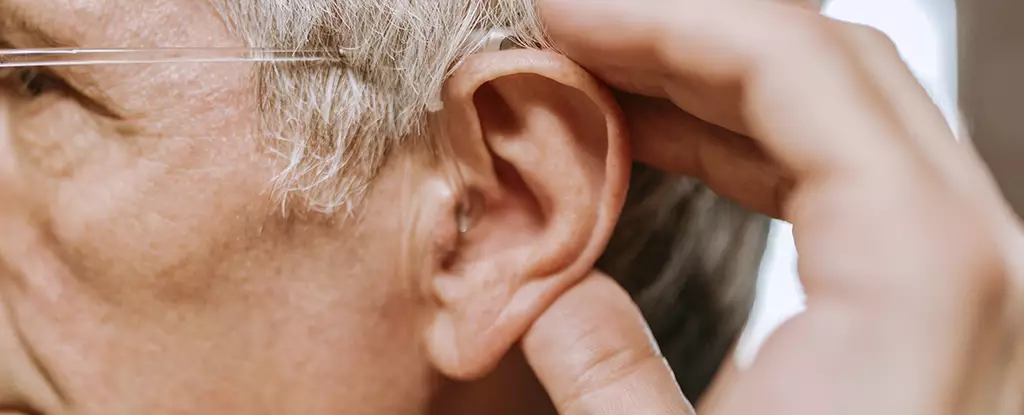Hearing is one of the human body’s most complex functions, intricately woven into the fabric of our interactions with the environment. Research conducted at Yale University has recently uncovered fascinating insights into how the inner ear, specifically the cochlea, operates at low frequencies. The focus of this investigation was to assess how the ear detects faint sounds, revealing a more nuanced understanding of auditory function and its mechanical dynamics.
Physicist Benjamin Machta and his team initially aimed to clarify how the cochlea manages to remain sensitive to soft sounds without succumbing to instability. Their inquiry led to the revelation of specific low-frequency mechanical modes that the cochlea is believed to support. These findings not only deepen our understanding of hearing but also illustrate the complex balancing act the cochlea performs as it handles incoming sound waves.
The cochlea itself is a spiral-shaped organ that transforms sound waves into electrical signals for the brain. It comprises tiny hair cells that respond to vibrations. These vibrations must maintain their intensity to ensure that auditory signals reach the brain as intended. However, sound waves may dissipate during their journey along the cochlear membrane, losing detail and volume. Understanding how the cochlea amplifies and manages these vibrations is critical to unraveling its function.
One of the most intriguing aspects of the recent research is the cochlea’s ability to operate at both localized and extended levels. The sensitivity of the hair cells allows them to respond selectively to specific sound frequencies but also work collectively to handle broader sound ranges. The mathematical modeling pursued by Machta’s team indicates that certain regions of the basilar membrane, which are pivotal to sound processing, can concentrate their efforts on low-frequency sounds.
This collective responsiveness serves a dual purpose: it enhances the cochlea’s efficacy at processing low-frequency auditory inputs while simultaneously protecting it from being overwhelmed by louder sounds. Through this mechanistic adaptation, the cochlea maintains its delicate equilibrium, ensuring that auditory perception remains intact.
The discovery of these low-frequency mechanical modes opens new avenues for research, particularly in comprehending how various ear functions interact and how auditory complications might arise. The significance of low-frequency hearing–defined as sounds within the 20 to 1000 Hz range–is particularly noteworthy. This frequency domain is crucial for communicating a wide range of auditory experiences, including speech and musical tones.
The implications of these findings extend beyond theoretical knowledge. As suggested by Isabella Graf, a former member of Machta’s team, understanding the mechanics behind low-frequency hearing could pave the way for advancements in auditory science, including potential therapeutic responses to hearing loss. The behaviors observed in the cochlear hair cells could be vital for ensuring that softer sounds are not only perceived but effectively relayed to the brain.
By dissecting the cochlea’s capabilities, researchers can develop a clearer picture of how hearing impairments originate. A deeper understanding of this system’s functioning may yield insights into various hearing disorders, which often stem from malfunctions within these intricate ear mechanisms.
Given the critical role low-frequency sounds play in communication and interaction, unlocking the complexities of cochlear processing could revolutionize our approach to addressing auditory health issues. As research continues, the integration of mathematical modeling with empirical audio research will enhance our grasp of how we hear and interpret sound in our world.
The exploration of cochlear mechanics at Yale has unveiled a rich tapestry of auditory function, illustrating how the ear’s structural composition allows for sophisticated responses to sound. The collaborative nature of the cochlea’s components fortifies our auditory experience while shedding light on the potential for future scientific advancements in hearing health. As the understanding of low-frequency hearing deepens, it holds promise not only for enriching auditory science but also for improving the quality of life for individuals grappling with hearing challenges.

Leave a Reply